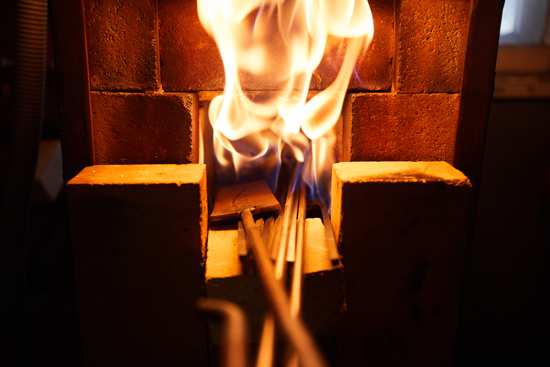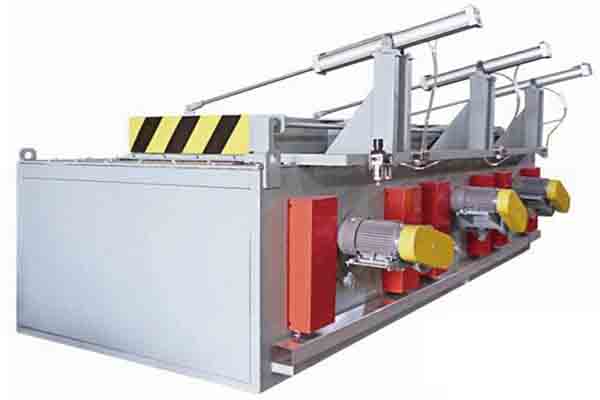The lifecycle of our extruded products begins at the raw material stage, where we use only high quality aluminium billets from Vedanta to ensure reliability.
The aluminium ingots are then melted and cast into billets of the required size. The billets are then heated to the optimum temperature and fed into any one of our three presses according to the client’s requirements.
The extruded aluminium is then cooled according to specification and it is to be noted that KMC enforces strict quality regulations at each step of the production process.
KMC houses an advanced tool shop that is capable of producing and designing very intricate die setups. The tool shop has continually proved its capability to handle even the most complicated dies.











